Welcome to the rollercoaster world of cryptography, patents, and the enigmatic figure of Craig Wright, where the lines between innovation, speculation, and the quest for the true identity of Satoshi Nakamoto blur. In this series, we delve deep into the labyrinth of patents filed by Craig Steven Wright, embarking on a quest to unravel the mysteries of blockchain technology and perhaps inch closer to the answer to one of the digital age’s most compelling questions: Is Craig Wright the real Satoshi Nakamoto?
The “Registry” Patent: A Secure Beginning
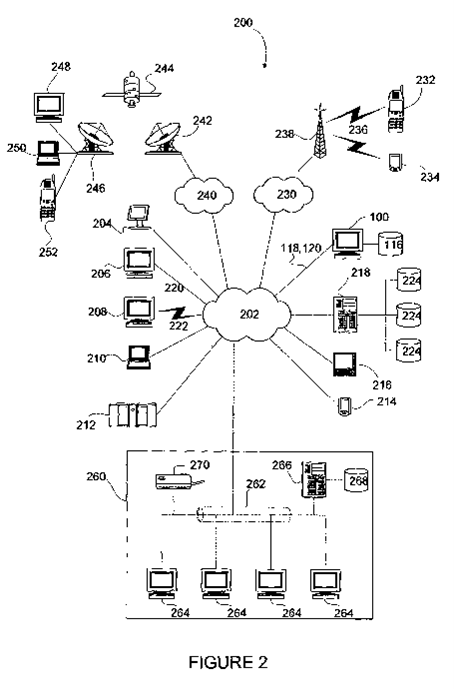
Our journey begins in the relatively recent past, with Wright’s earliest patent in the blockchain realm, US9811869B2, aptly titled “Registry.” Filed in 2011, this patent introduces us to a digital vault designed to safeguard life’s essential documents. While it showcases Wright’s proficiency in creating secure digital environments, it falls short of embodying the decentralized ethos that is the hallmark of Bitcoin. The “Registry” patent, with its focus on security, feels more akin to a high-tech lockbox than a blueprint for a financial revolution. It’s a testament to Wright’s skills in digital security, yet it lacks the groundbreaking cryptographic innovation we associate with Satoshi Nakamoto. On the Satoshi scale, it earns a modest 2 out of 5, reflecting its smart design but failing to capture the essence of Bitcoin’s revolutionary spirit.
Cybersecurity and the Art of Deception
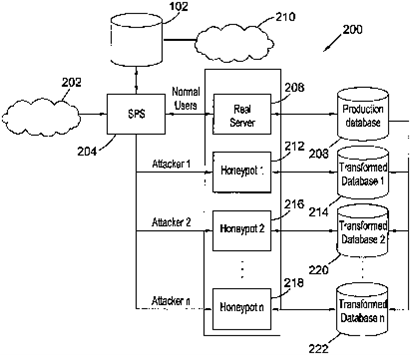
As we venture further, we encounter the “Reactive and pre-emptive security system for the protection of computer networks and systems,” patent US10735466B2, filed in 2017. This patent immerses us in the intricate world of cybersecurity, employing strategies like honeypots to ensnare would-be attackers in a deceptive web of digital traps. While the patent is a sophisticated exploration of network defense mechanisms, it doesn’t resonate with the groundbreaking nature of Bitcoin. Instead, it harks back to more traditional cybersecurity methods, demonstrating Wright’s expertise in the field but not necessarily linking him to the revolutionary identity of Satoshi Nakamoto. Thus, it secures another 2 out of 5 Satoshis, acknowledging its contribution to cybersecurity but not endorsing Wright as the Bitcoin progenitor.
Blockchain Beyond Bitcoin: Secure Voting and Distribution
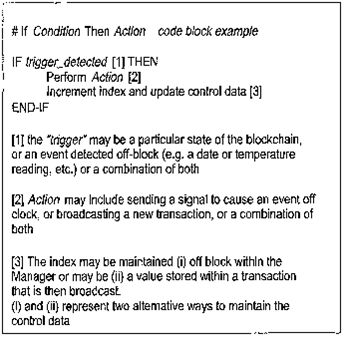
The narrative takes a tantalizing turn with the “Blockchain implemented counting system and method for use in secure voting and distribution,” patent US11347838B2, also from the bustling year of 2017. Here, Wright edges closer to the Bitcoin domain, proposing a blockchain-based system that promises unparalleled security in voting and distribution processes. This patent flirts with the core principles of Bitcoin, offering a glimpse into a world where blockchain technology transcends financial transactions to secure democratic processes. However, while it hints at the potential for Wright to harbor Satoshi-like insights, it stops short of providing conclusive evidence of his claim to the Nakamoto throne. With its innovative approach yet lack of definitive proof, this patent earns a 3 out of 5 Satoshis, captivating but not quite clinching the Satoshi title.
Tokenization and the Quest for Innovation
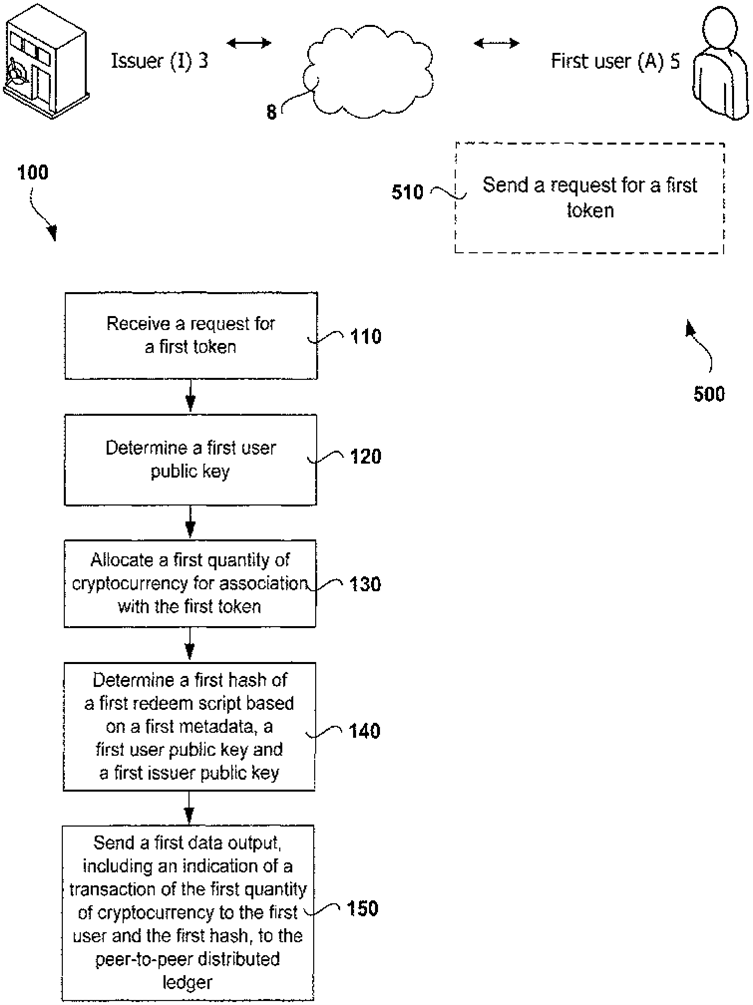
Our exploration continues with the “Universal tokenisation system for blockchain-based cryptocurrencies,” patent US11373152B2. This patent feels like a belated entrant to the blockchain innovation race, attempting to retrofit tokenization concepts onto the Bitcoin framework. Despite its ambitious scope, it doesn’t break new ground but rather revisits established ideas, casting doubt on its novelty and Wright’s claim to the Nakamoto legacy. The patent’s reliance on Bitcoin’s scripting limitations and the quirky example of a ‘Dead Lizard’ concert ticket as a tokenized asset adds a touch of whimsy but does little to bolster Wright’s Satoshi credentials. Thus, it garners a lukewarm 2.5 out of 5 Satoshis, intriguing but insufficient to elevate Wright to Nakamoto status.
Securing Software with Blockchain: A Tech Mashup
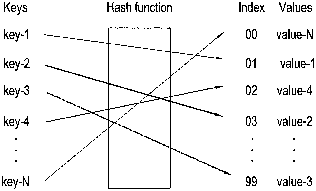
Lastly, we delve into the “Method and system for securing computer software using a distributed hash table and a blockchain,” patent US11455378B2, yet another brainchild of Wright’s prolific 2017. This patent dresses up conventional cryptographic principles in the garb of blockchain and distributed hash tables, aiming to revolutionize digital rights management. While it might spark interest within the tech community, it rehashes familiar concepts rather than introducing groundbreaking innovations. In the grand tapestry of blockchain technology, this patent is a well-woven thread but not the keystone that might solidify Wright’s claim as Satoshi Nakamoto. It receives a measured 2 out of 5 Satoshis, acknowledging its technical merit but recognizing its lack of revolutionary impact.
In Search of the True Satoshi
As we conclude this segment of our journey through Craig Wright’s patent portfolio, we’re left with more questions than answers. While Wright’s contributions to digital security and blockchain technology are undeniable, the patents we’ve explored today fall short of providing irrefutable evidence of his identity as Satoshi Nakamoto. The search for the true Satoshi continues, and our quest through the world of patents and cryptography is far from over. Stay tuned for more insights, analyses, and perhaps, one day, the revelation we’ve all been waiting for.

